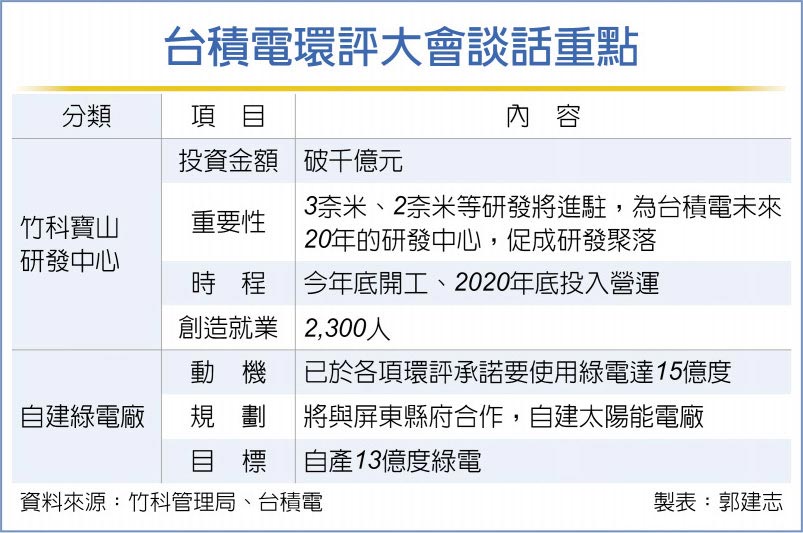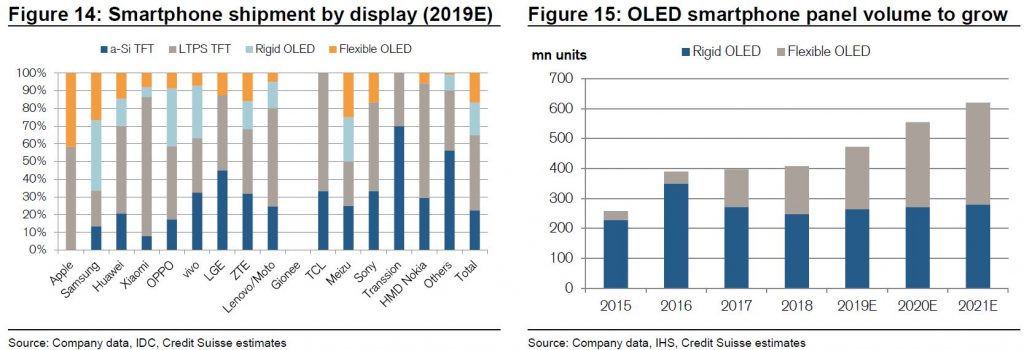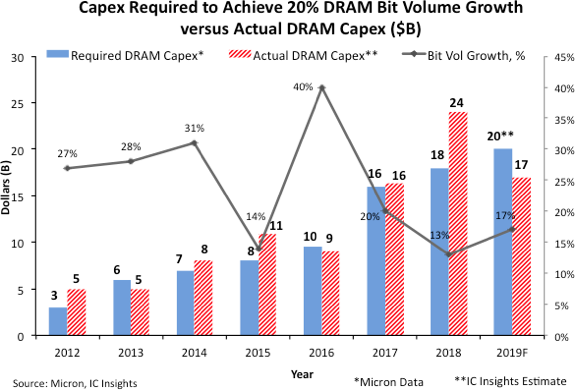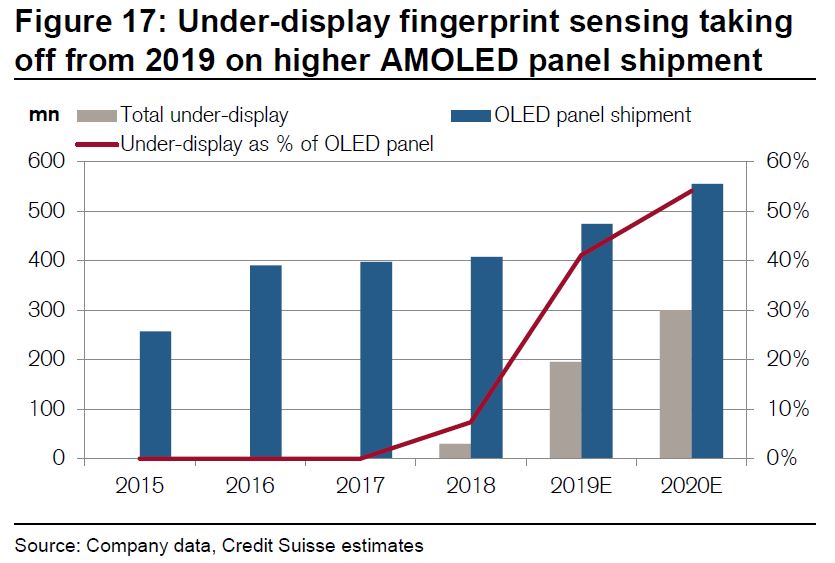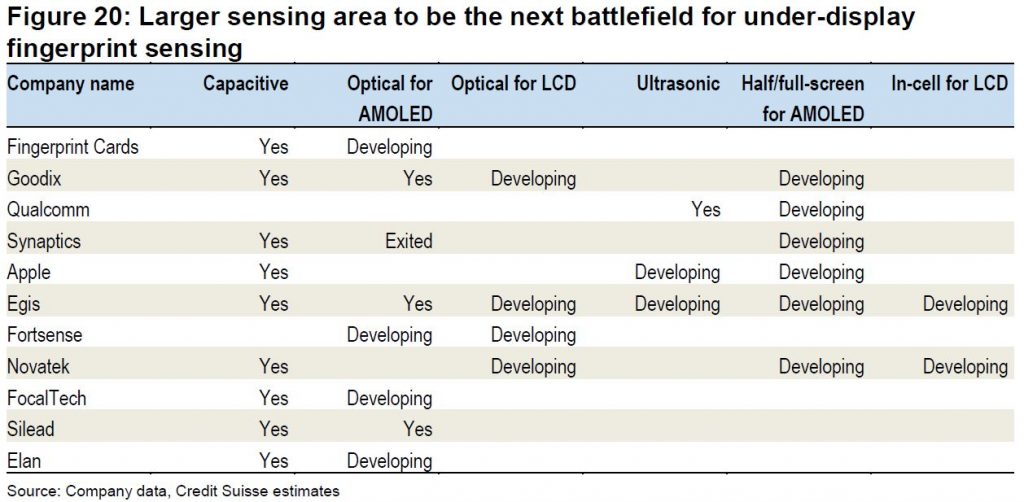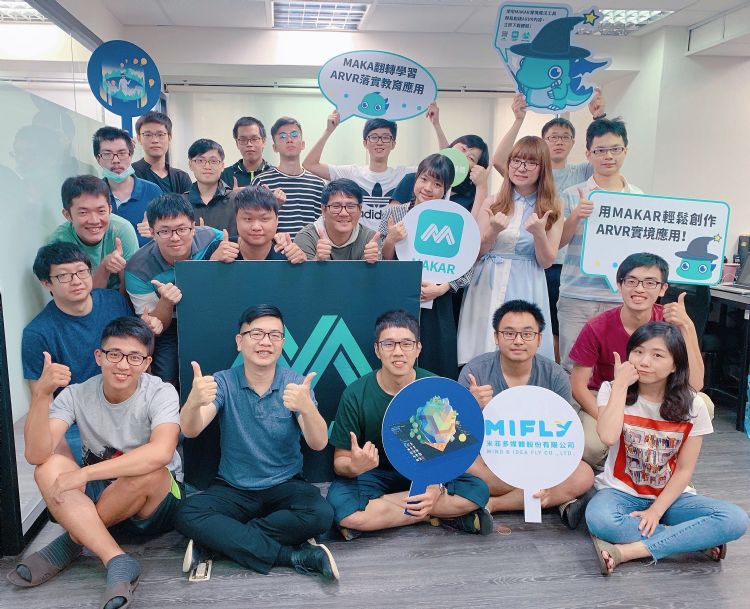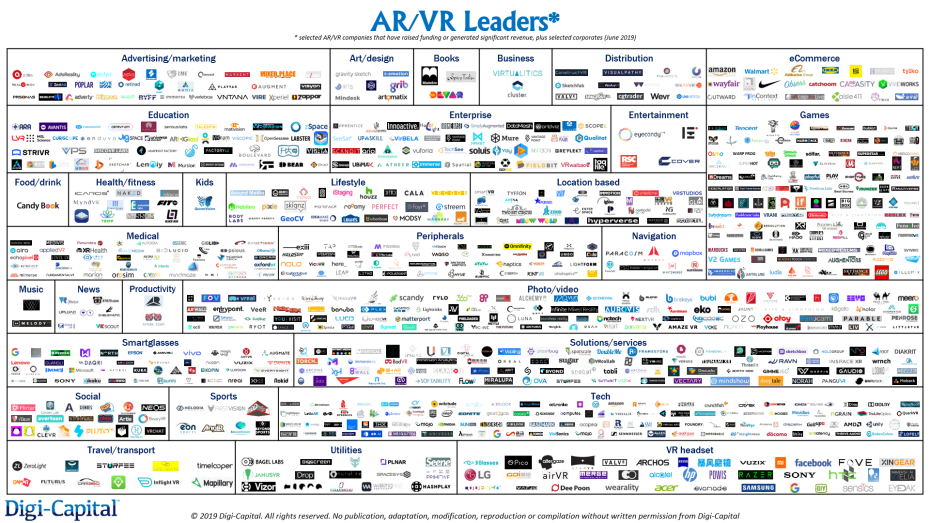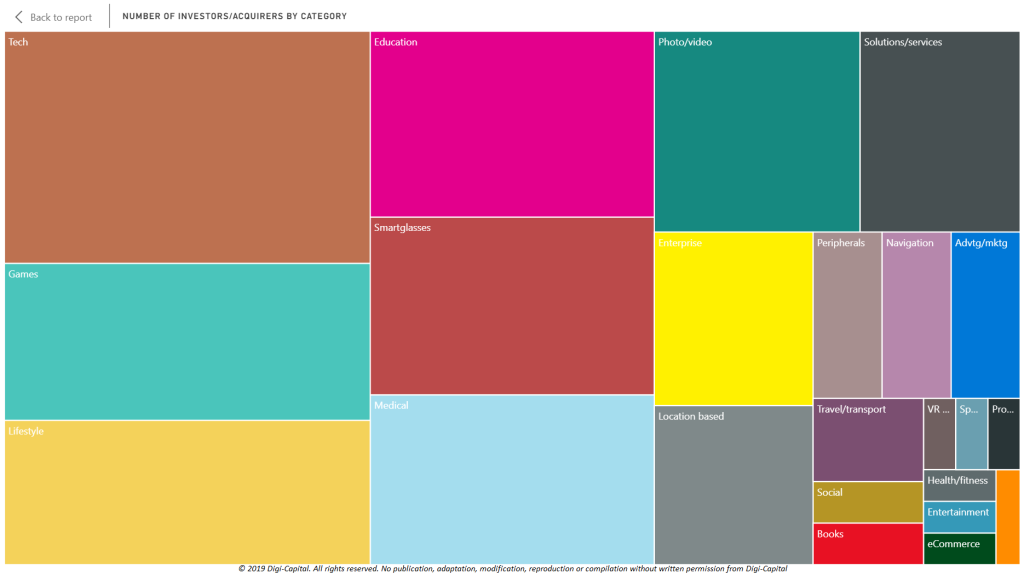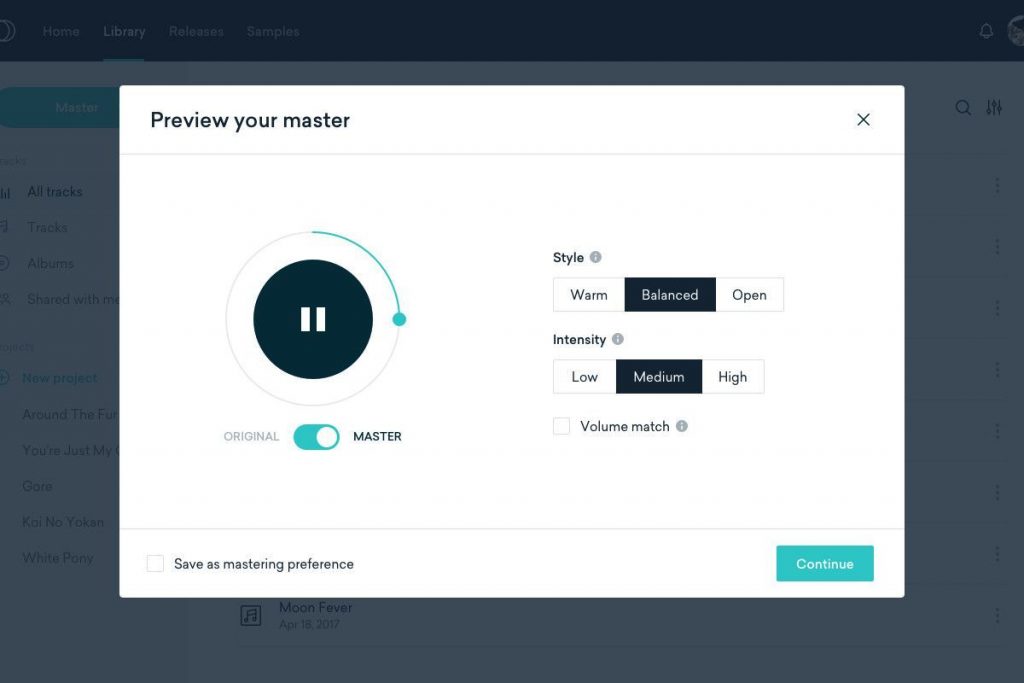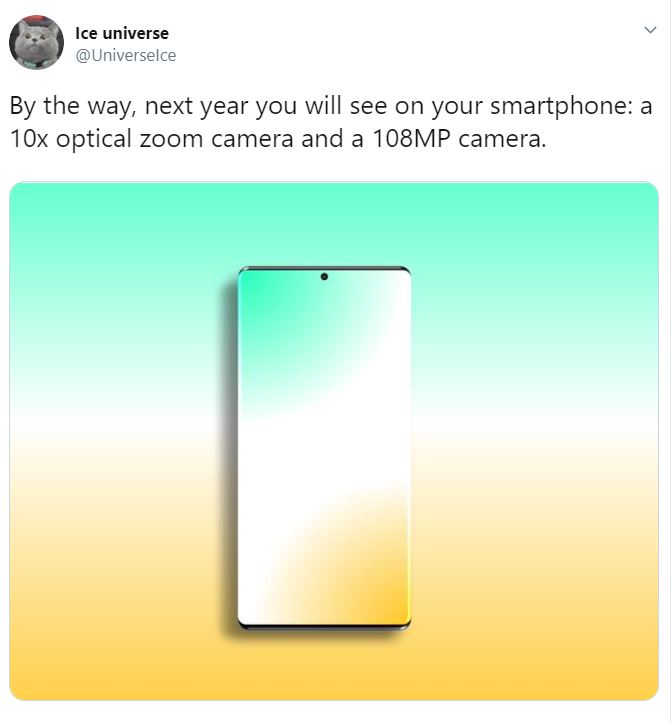
07-17: Foxconn Technology Group, reportedly gearing up to build its own semiconductor ecosystem; Apple reportedly cancels over 100M units worth of Samsung Display’s OLED display orders; etc.
Chipsets
Foxconn Technology Group, reportedly gearing up to build its own semiconductor ecosystem, is expected to activate a new round of acquisition deals to fill up the gaps in its supply chain. (Digitimes, Digitimes, press)
The latest trade feud between Japan and South Korea may have forced Korean companies including Samsung and LG to adjust the manufacturing timeline as it fears running out of chemical products currently being restricted by the Japanese government — fluorinated polyimide, hydrogen fluoride and resists, which are considered essential to the manufacturing process of chips and displays. Samsung has reportedly cut by 10% the target production of the Exynos 9825, a mobile processor that will be used for the Note 10. Korean chipmakers, including Samsung and SK hynix, rely heavily on Japanese companies like Sumitomo Chemical for these hi-tech materials. (GSM Arena, The Investor, My Drivers, ePrice)
TSMC’s 3nm Baoshan plant urban plan change case, TSMC is expected to invest more than NTD600B (about USD20B) to build 3nm Baoshan R&D plant, to catch up with the construction in 2020, the mass production period at the end of 2022. (My Drivers, China Times, China Times, UDN)
Touch Display
Apple reportedly cancels over 100M units worth of Samsung Display’s OLED display orders. Apple will consider getting rid of Samsung’s restrictions due to the payment of huge liquidated damages to Samsung and will introduce more OLED screen suppliers in the future. Among them, BOE will become the main target. (GizChina, IT Home)
Besides the fact that AMOLED display can support under-display fingerprint, AMOLED panel is also ~0.7mm thinner than TFT, which can offer ~700mAh more of battery (every 0.1 mm of space saved can house 100mAh more battery power). Credit Suisse believes overall AMOLED smartphone panel shipment to reach 474M in 2019, up 16% YoY, and will further increase to 555M units (up 17% YoY) in 2020. Credit Suisse estimatse water-drop and hole design would increase the display production cost by USD1~3, while adopting the pop-up camera would increase the BOM cost by USD4~7. (Credit Suisse report)
Camera
In 2020, the market will reportedly see a phone with 108MP image sensor and a 10x optical zoom camera. (GSM Arena, Twitter, Zhiwiz)
Memory
DRAM capital spending will fall 28% in 2019, due to economic and trade uncertainties, and softer demand keeping pressure on DRAM ASPs, according IC Insights. One of the significant questions facing the IC industry in 2H19 is if and when the DRAM market will rebound. Samsung Electronics, SK Hynix and Micron Technology – currently the world’s top-3 DRAM suppliers – generally agree that DRAM bit volume will grow roughly 20% per year over the next few years. (IC Insights, press, SEMI Insights)
Biometrics
Credit Suisse believes under-display fingerprint is becoming the mainstream for Android’s high-end smartphones and could further proliferate into mid-end as the overall cost comes down. They estimate overall under-display fingerprint shipment of ~200M units in 2019 (60M units for ultrasonic and 140M units for optical), up from ~30M units in 2018, and could further increase to 300M units in 2020, excluding the potential adoption by iPhone. (Credit Suisse report)
Several fingerprint makers such as Oxi, Egis, etc., are trying to build photo diode sensing circuits on TFT glass substrate and laminate it on the back of the AMOLED panel. Credit Suisse expects this solution to start sampling in 2H19 for 1H20 adoption at the earliest. Nevertheless, the initial sampling will be for half-screen only as the cost for full-screen under-display sensing might be too high at this moment. On the other hand, they believe Goodix is still working on its larger sensing area solution by adopting four sets of CMOS sensors, which might have higher cost structure versus photo diode sensors. (Credit Suisse report)
Phone
Meizu has announced that it will be launching its 5G device in 1H20. The company has also revealed that it became a member of the 3 leading telecom operators in China — China Mobile, China Telecom, and China Unicom. (CN Beta, Gizmo China)
At least 7 5G smartphones have gotten 3C certification. Among these, Huawei has 4 models while OnePlus, ZTE, and vivo has one each. OPPO also claims that its 5G smartphone has 3C certification but it has not been made public. This takes the total smartphones with 3C certification in China to 8. (My Drivers, GizChina)
vivo S1 is announced in Indonesia – 6.38” 1080×2340 FHD+ Super AMOLED, MediaTek Helio P65, rear tri 16MP-8MP-2MP + front 32MP, 4+128GB, Android 9.0, under display fingerprint scanner, 4500mAh 10W fast charging, IDR3,599,000 (USD258). (vivo, 91Mobiles)
Wearables
Apple’s contract manufacturer GoerTek will reportedly test the “resilience of its manufacturing processes” for the latest version of AirPods, which were only manufactured in China until now, at its audio factory in northern Vietnam summer 2019. (CN Beta, Asia Nikkei, Tele Trader)
Augmented / Virtual Reality
Taiwan startup Mind & Idea Fly (Mifly) has rolled out an AR editing tool, dubbed MakAR, to help users create their own AR content within 5-10 minutes, which, coupled with a subscription system, targets the emerging enterprise web AR market, according to company founder and CEO Roger Lu. (Digitimes, press, Digitimes, Digitimes)
Digi-Capital’s AR/VR Analytics Platform has tracked over USD5.4B augmented reality (AR) investment and virtual reality (VR) investment in the last 12 months to 2Q19, with Chinese companies raising over 2.5 times the dollars (or CNY) of their North American counterparts. Global deal value, or dollars invested, was up in 2Q19 over the previous quarter, driven by large, late stage Series C+ Chinese computer vision/AR crossover deals (i.e., not AR/VR pureplays). (VentureBeat, Digi-Capital)
Artificial Intelligence
Microsoft has announced a preview of Lenovo’s Digital Distribution Center (DDC) solution, in collaboration with Nvidia. This move is Microsoft’s latest step in its previously announced partnership with both the companies to help bring advanced artificial intelligence (AI) to Azure IoT Edge. (Neowin, Microsoft, CN Beta)
Landr, a Montreal-based startup developing an AI-powered creative platform for musicians, has announced that it has closed a USD26M series B funding round led by Sony Innovation Fund, microphone manufacturer Shure, and state-owned financing corporation Investissement Québec and Fonds de solidarité FTQ. (VentureBeat, Yahoo)
